Propagating calibrachoa (million bells)
greenthumbs10
18 years ago
Featured Answer
Sort by:Oldest
Comments (26)
crazy4hydrangea
18 years agoDruid_of_the_vine
18 years agoRelated Professionals
Reading Landscape Architects & Landscape Designers · Cary Landscape Architects & Landscape Designers · Roxbury Crossing Landscape Architects & Landscape Designers · Forest City Landscape Architects & Landscape Designers · Edmond Landscape Contractors · Arden-Arcade Landscape Contractors · Canyon Lake Landscape Contractors · Palatine Landscape Contractors · Royal Oak Landscape Contractors · Severna Park Landscape Contractors · South Farmingdale Landscape Contractors · Stony Brook Landscape Contractors · Twin Falls Landscape Contractors · Vacaville Landscape Contractors · Wallingford Landscape Contractorsgardenpaws_VA
18 years agolovesgardening
18 years agogardenpaws_VA
18 years agogreenthumbs10
18 years agolovesgardening
18 years agoMarie_zone5
18 years agogardenpaws_VA
18 years agovtdeb
17 years agotaxonomist
17 years agogeoforce
17 years agoflowerangel
17 years agoncbeachy
13 years agotrm522010_hotmail_com
13 years agobailes_kim_yahoo_com
12 years agosorie6 zone 6b
12 years agomytime
12 years agoibartoo
12 years agobillums_ms_7b
12 years agochengmcak
12 years agoLois Rohr
8 years agocountrygirlsc, Upstate SC
8 years agoHU-206786547
5 years ago
Related Stories
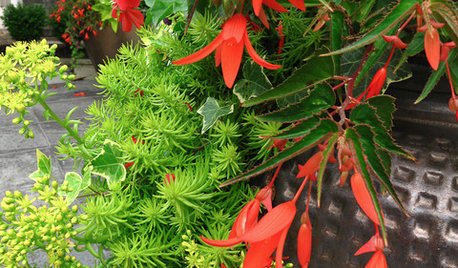
GARDENING GUIDESSuperstar Annuals for Containers and Baskets
High performing, low maintenance and all-around gorgeous, these container plants go the distance while you sit back and relax
Full Story
HOUZZ TOURSMy Houzz: Casual Glamour in a Traditional Pittsburgh Home
2 homeowners revive their 1890s colonial revival with a lot of work, collected finds and vintage treasures
Full Story
GARDENING GUIDESGarden-Friendly Native Alternatives to Overplanted Exotics
There are lots of gorgeous, wildlife-friendly native plants ready to make an appearance in your garden
Full Story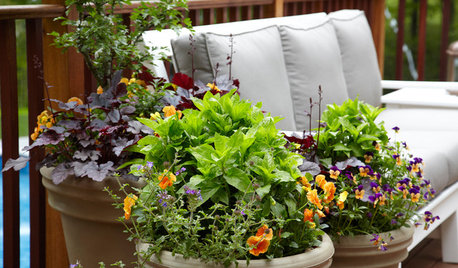
FLOWERS8 Knockout Flowers for a Fall Container Garden
Your cups will overfloweth with color and interest this fall when you plant these vivid seasonal garden classics
Full Story
CURB APPEALCrazy for Colorful Cones: 5 Container Plantings Beyond the Bowl
Give even a small garden an exuberant vibe with hanging cones overflowing with blooming beauties
Full Story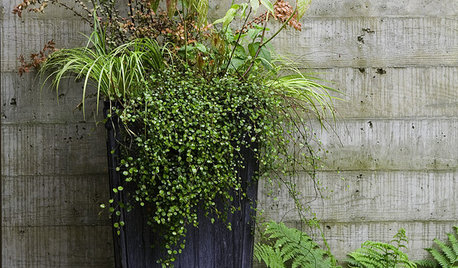
GARDENING GUIDESThe Secret Formula for Grouping Plants in a Pot
Designing a gorgeous container garden is easy once you know this simple rule of thumb for composition
Full Story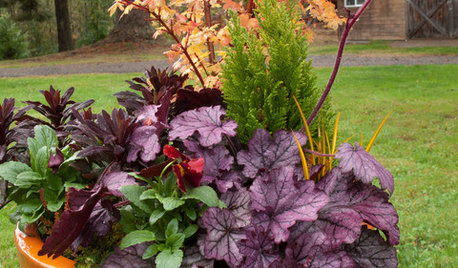
FALL AND THANKSGIVING5 Container Gardens for Fall, the Holidays and Beyond
Make planting easy with a single container, year-round plants and a sprinkling of simple seasonal accents
Full Story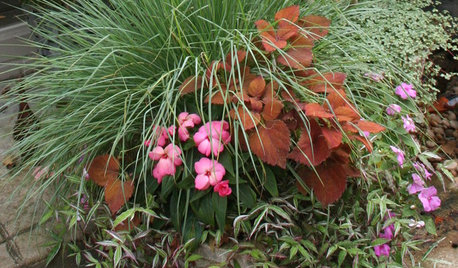
CONTAINER GARDENSContainer Garden Basics: Mix Textures to Catch the Eye
A mix of textures makes for potted gardens where each plant has a special role to play
Full Story
PLANTING IDEAS7 Ways to Use Drifts and Masses In Your Garden
Whether in formal or natural landscapes, grasses or succulents planted en masse elevate the garden
Full Story





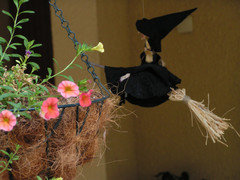
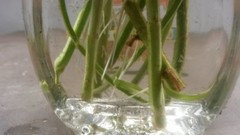
davidlmo